Medellín, the second largest city in Colombia, has undergone a remarkable transformation in recent decades. It has become a model of urban and architectural innovation worldwide. This metamorphosis has been driven by a combination of visionary leadership, investment in infrastructure, and a strong will for change among its inhabitants.
There was a paradigm shift. The revitalization process began with a comprehensive strategy to address social and economic challenges deeply rooted in the city. One of the most significant milestones was the implementation of the Medellín Metro public transportation program, inaugurated in 1995. This metro network, cable cars, and tramways have connected previously marginalized areas, facilitating mobility and access to opportunities for all social strata.
The physical transformation of Medellín stands out for emblematic architectural projects that have redefined its urban landscape. One of the most notable examples is the España Library, part of the city’s Public Libraries program. Designed by architect Giancarlo Mazzanti, this avant-garde structure not only offers library services but has become an architectural icon symbolizing the city’s cultural and social renewal. These spaces not only promote reading and knowledge but also strengthen the social fabric in once-marginalized areas.
Medellín has excelled in creating innovative public spaces that foster social interaction and community cohesion. The España Library Park is a tangible example of this commitment to urban transformation. Located in the Santo Domingo Savio neighborhood, once plagued by violence, this space stands as a beacon of hope and progress. It offers recreational areas, reading rooms, and cultural activities that have catalyzed the area’s rebirth.
Another emblematic case is Arví Park, an extensive natural park that combines environmental preservation with recreational and cultural facilities. Its integrated design with nature provides Medellín residents with a serene escape from urban life, promoting sustainability and ecotourism.
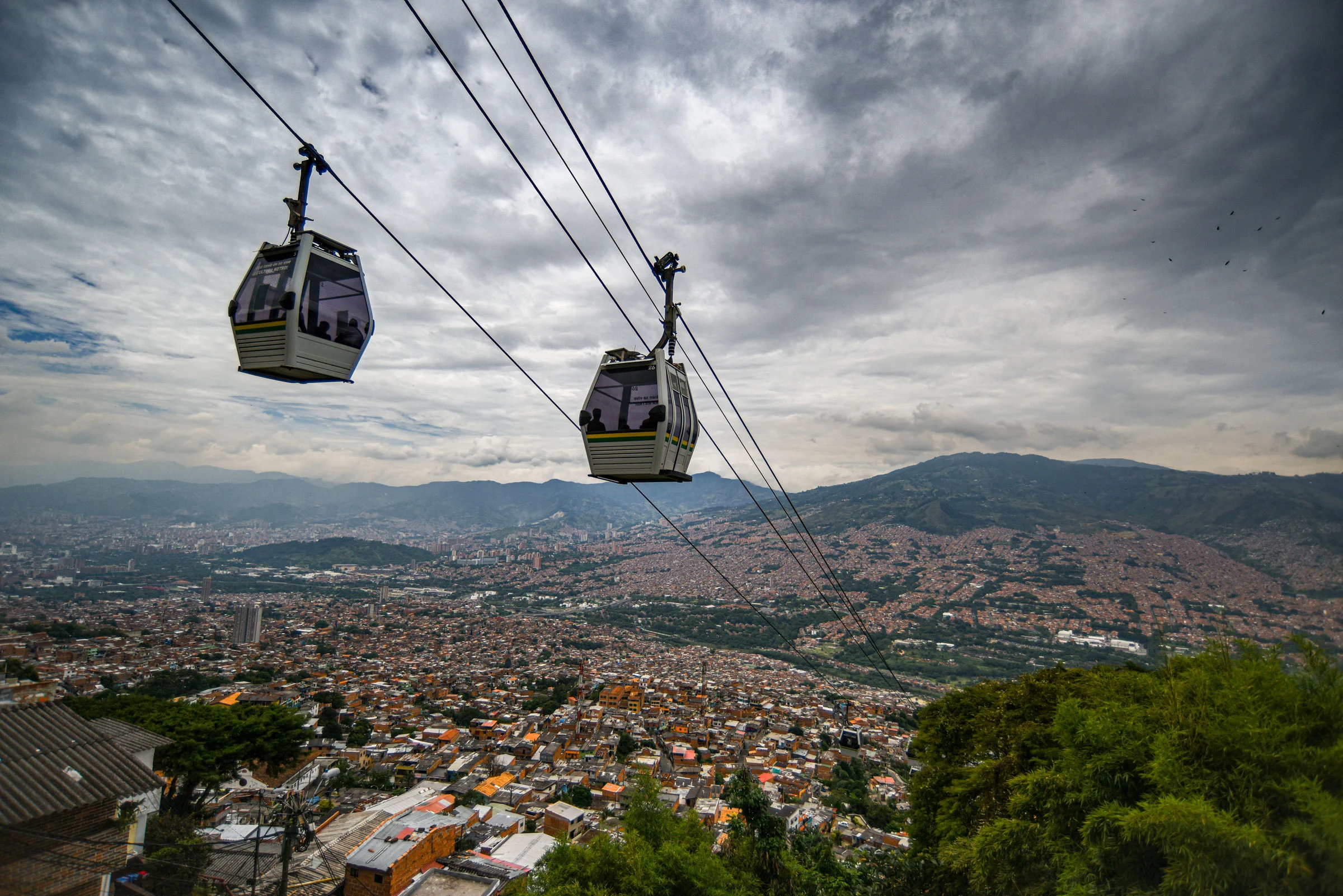
The city has also prioritized housing projects that go beyond mere construction. The Moravia project, for example, transformed a former landfill into a sustainable neighborhood with decent housing, community spaces, and educational programs. This comprehensive approach has not only improved the living conditions of its inhabitants but also fostered a sense of belonging and collaboration among them.
Some of the leading figures in Medellín’s advanced urbanism are:
Sergio Fajardo, former mayor of Medellín, played a crucial role in the city’s transformation. During his tenure, he focused on social programs, education, and emblematic urban projects such as the España Library Park and the Metrocable transportation system. His vision to integrate marginalized areas and promote education through urban design laid the groundwork for the city’s revitalization.
Alejandro Echeverri, an architect and urban planner, has been a key figure in Medellín’s urban revitalization. As director of urbanism at the Urban Development Company (EDU), he led projects like the España Library and Arví Park. His focus on revitalizing public spaces and connecting with nature has left a significant mark on the city’s urban and social landscape.
Architect Giancarlo Mazzanti is renowned for his innovative and avant-garde design, responsible for projects such as the España Library and other educational infrastructures in Medellín. His disruptive designs focus not only on aesthetics but also on the functionality and social impact of the spaces they create.
Jorge Pérez Jaramillo has left an indelible mark on Medellín’s urbanism thanks to his comprehensive approach to urban design. His work has ranged from emblematic architectural projects to large-scale urban planning proposals, all focused on improving the quality of life for the city’s inhabitants. In the 1970s, Pérez Jaramillo was involved in the Ciudadela Nuevo Occidente, a project that marked a milestone in Medellín’s urban planning. This urban development sought to create an integrated and habitable community, prioritizing coexistence, accessibility, and the quality of life of its residents. This project was pioneering in its time, considering aspects such as green areas, community spaces, and a functional distribution of housing.
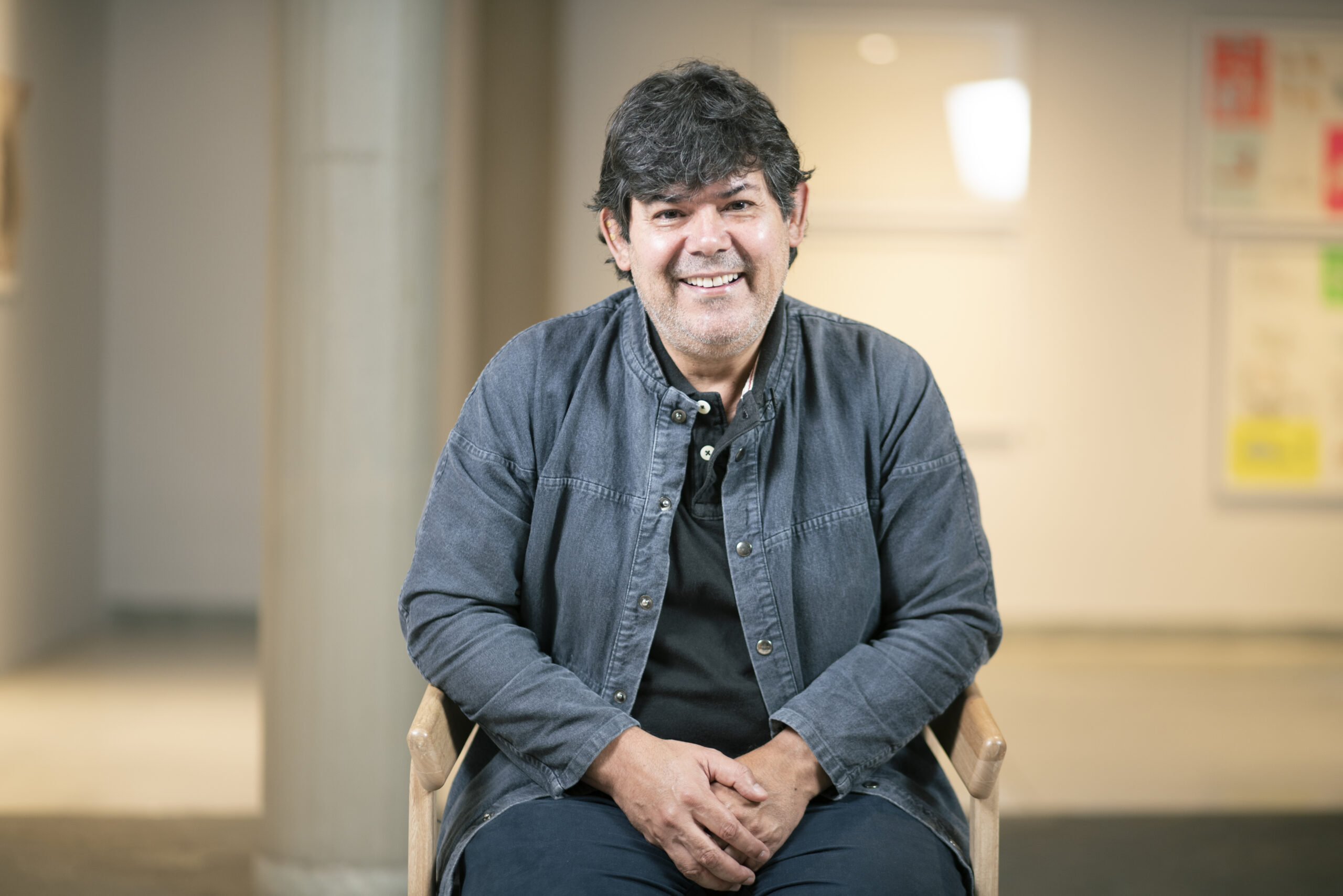
Jorge Perez Jaramillo
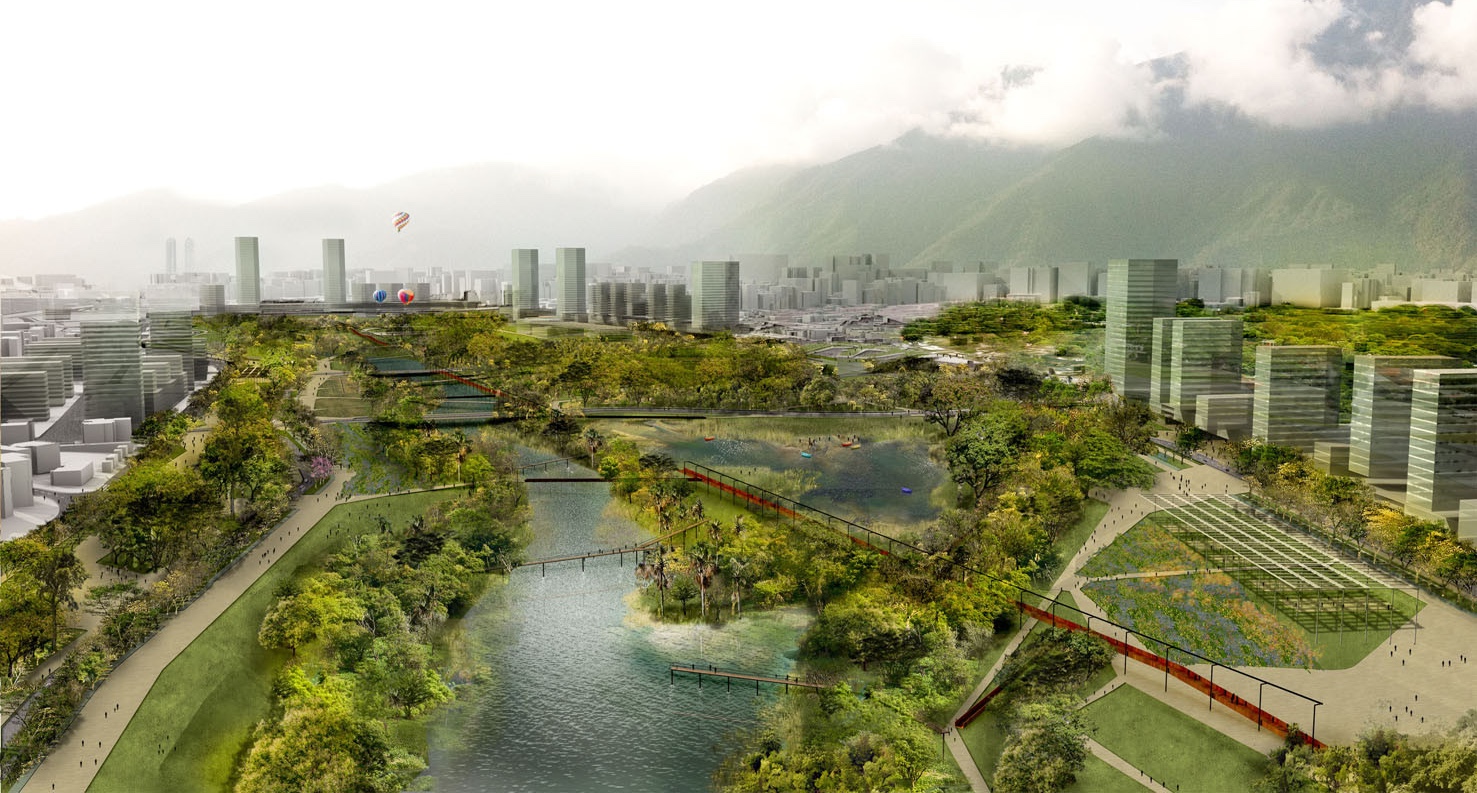
East of La Carlota Metropolitan Green Park
In addition to his contributions to specific projects, his work as a teacher and his influence on architectural and urban education have impacted multiple professionals who have carried on his legacy, applying design and planning principles he advocated for.
You can learn more about the “Role of Architecture, Urbanism and Planning in the Face of the Challenges of Urbanization” in our courses section.
These figures, among other leaders and collaborators, have orchestrated significant urban changes in Medellín. They have prioritized social inclusion, the revitalization of marginalized areas, and the creation of public spaces that promote interaction and community cohesion.
The combination of visionary leadership, innovative architecture, and a holistic approach to urban development has turned Medellín into a global benchmark in inclusive and transformative urbanism. This integrated approach has been fundamental in addressing social and economic challenges deeply rooted in the city, demonstrating that architecture and urbanism can be powerful tools for social change and improving the quality of life for its inhabitants.
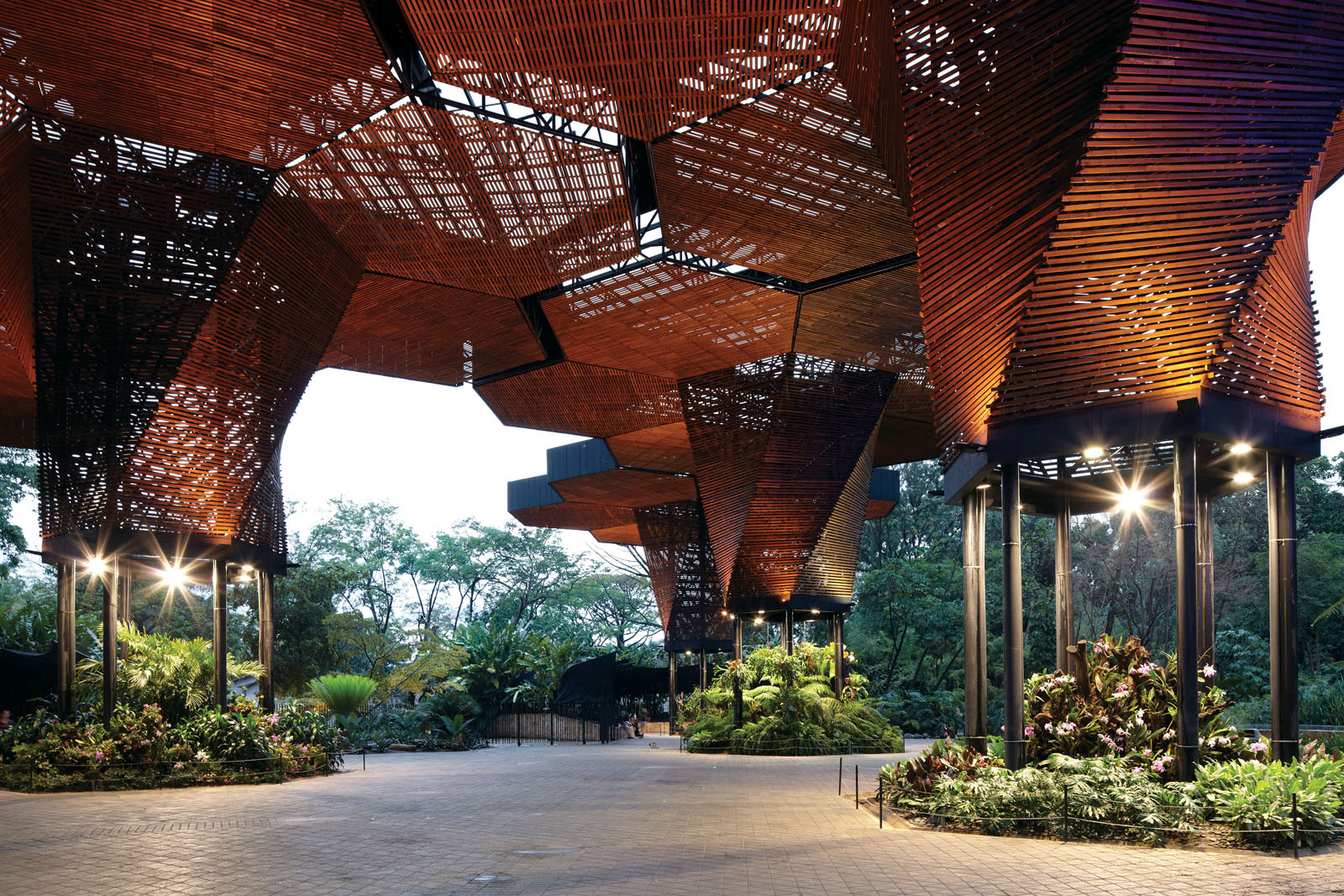
Orquideorama, in the Botanical Garden of Medellín. Plan B Architects + JPRCR Architects

Museum of Modern Art of Medellín. Courtesy of Cristóbal Palma/Estudio Palma
Despite the achievements, Medellín still faces challenges in its urban development. Persistent inequality, traffic congestion, and uncontrolled urban sprawl are areas that require continuous attention from authorities and society as a whole.
However, the city’s commitment to innovation and continuous improvement provides hope for the future. Ongoing projects, such as Parque Explora 2.0 and the expansion of the transportation system, demonstrate the ongoing drive towards a more inclusive, sustainable, and avant-garde Medellín.
Medellín has become a global reference in urbanism and architecture thanks to its comprehensive approach to urban transformation. Through a combination of innovative design, strategic investment, and community participation, the city has shown that creativity and determination can generate significant changes in the urban fabric and the quality of life of its inhabitants.


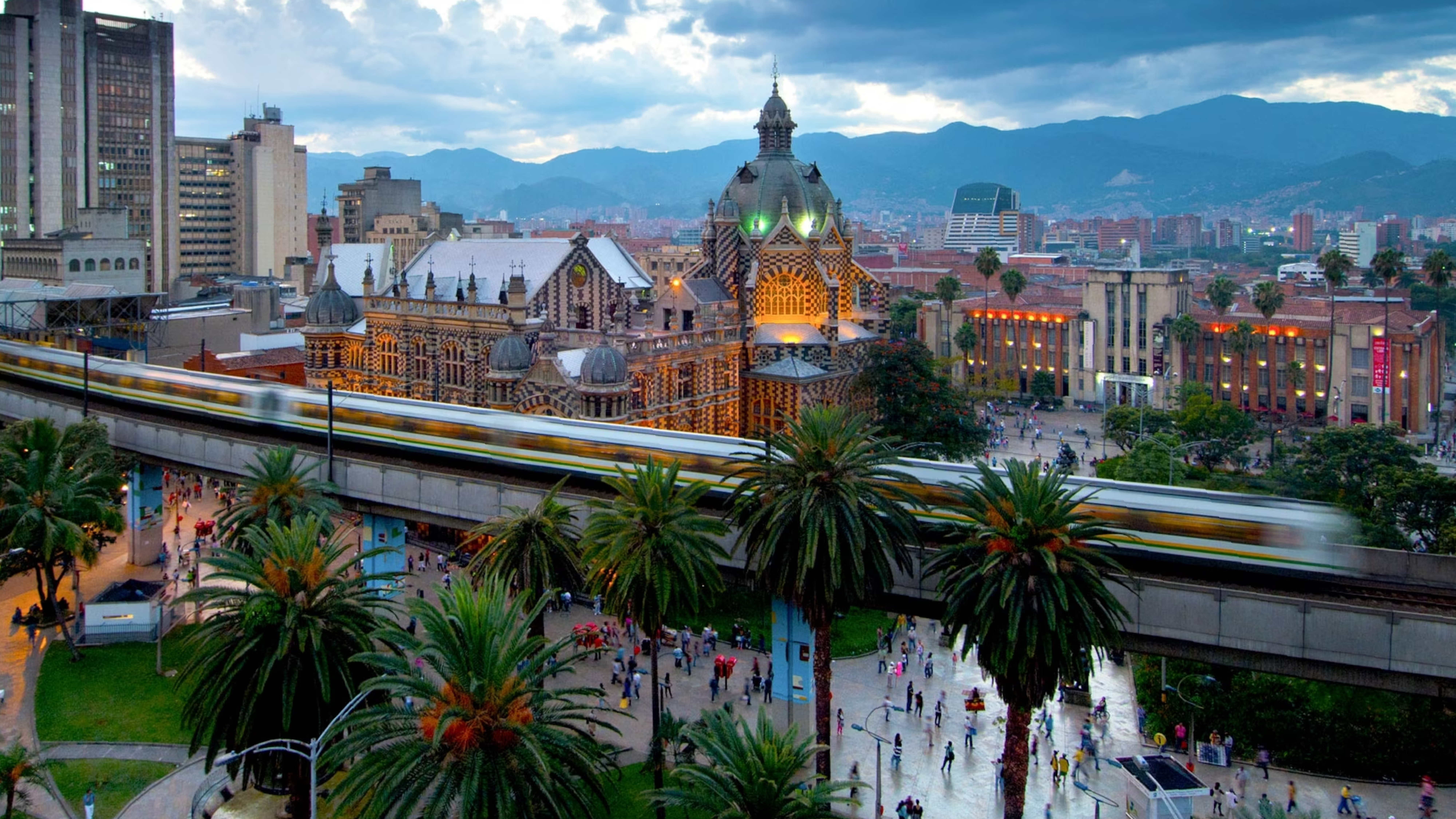
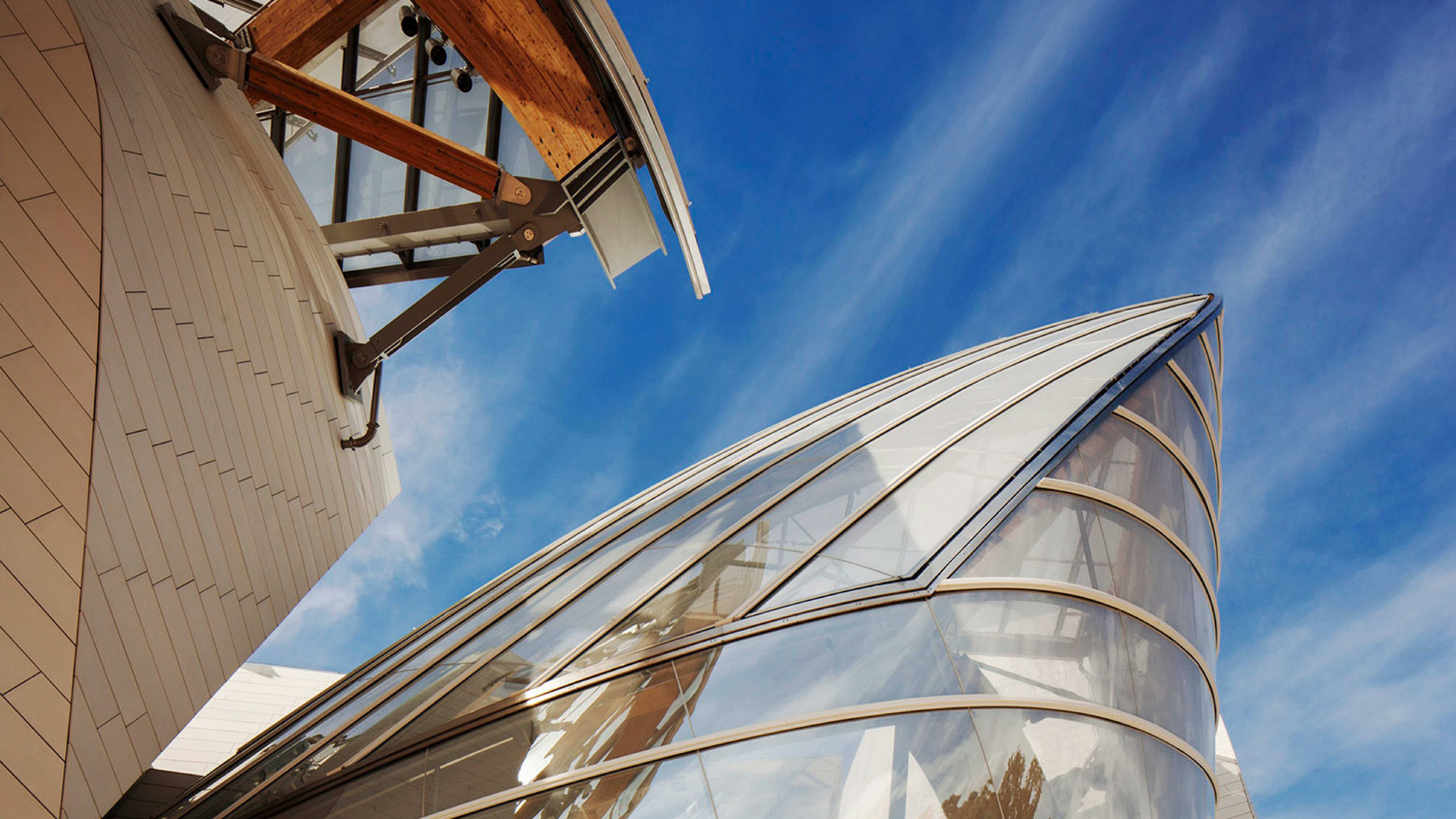
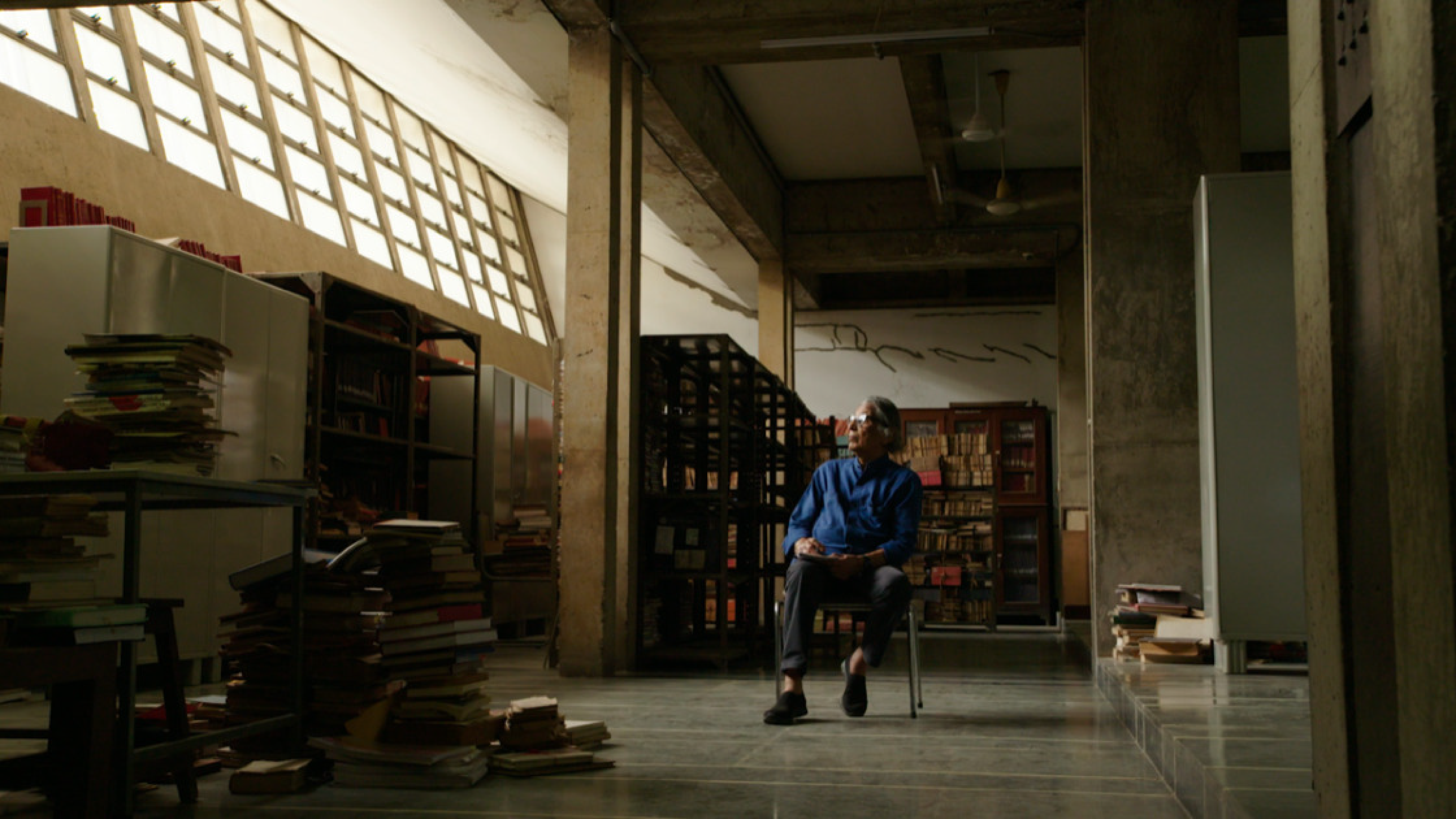
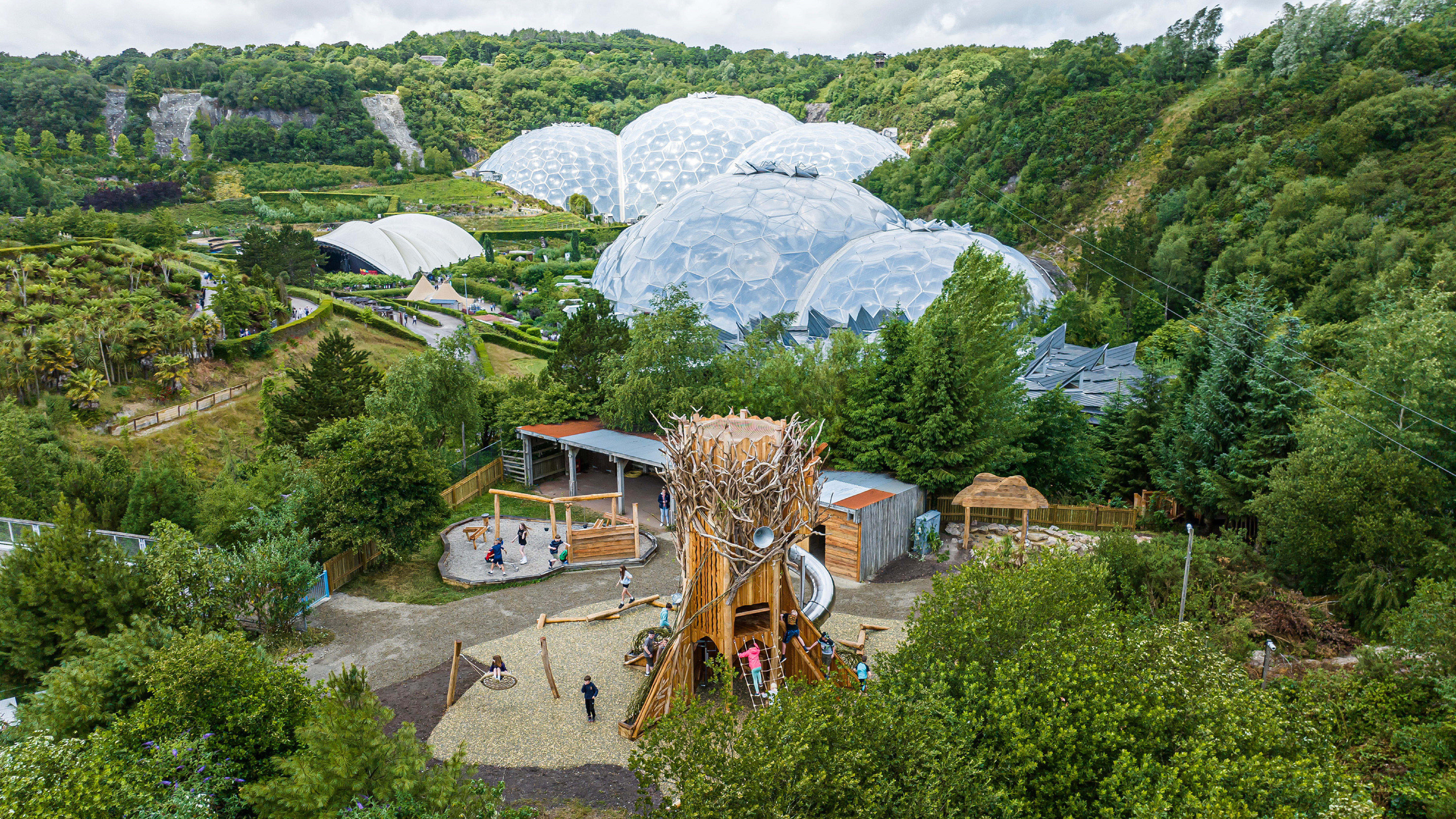
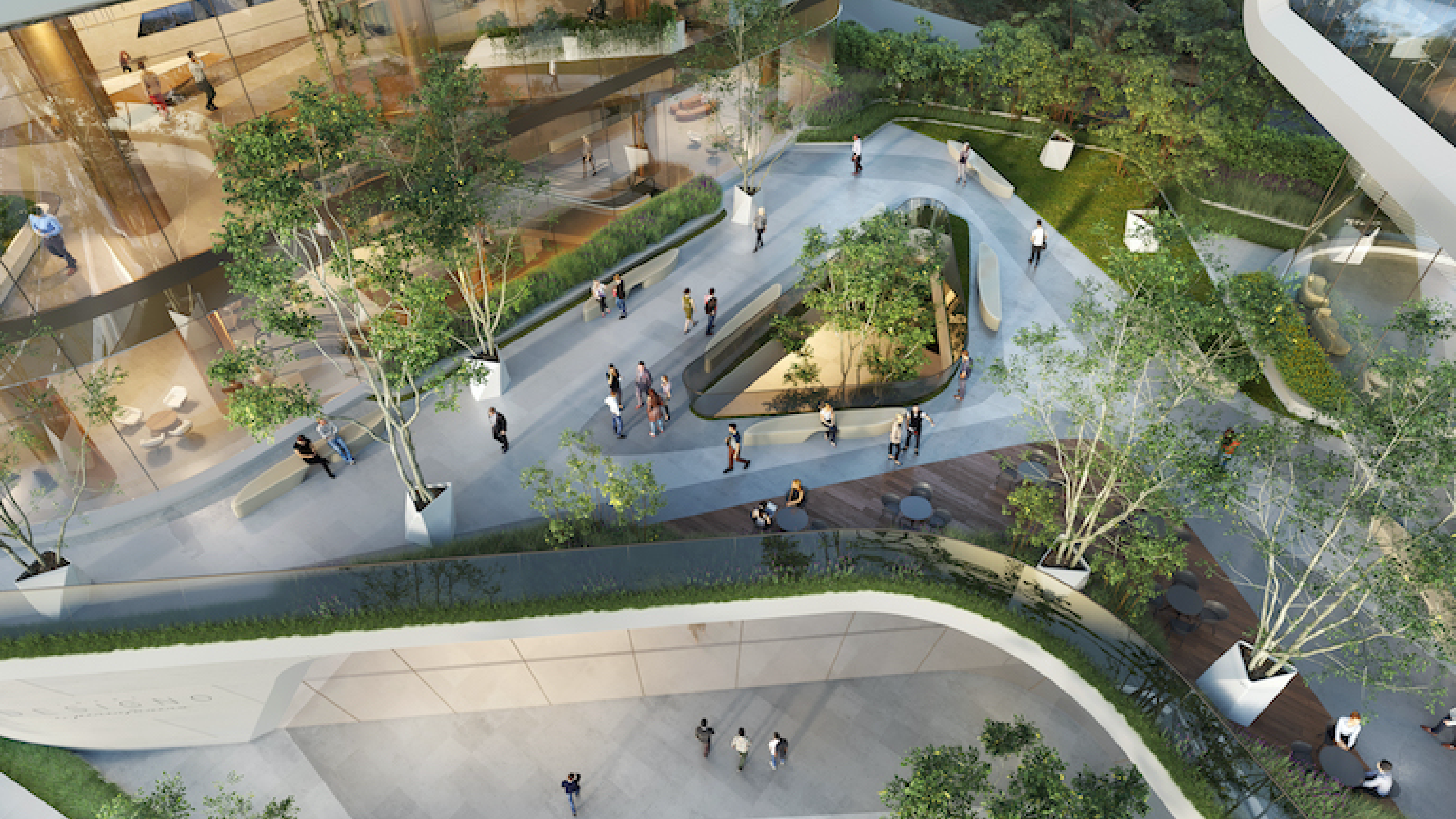
Leave A Comment